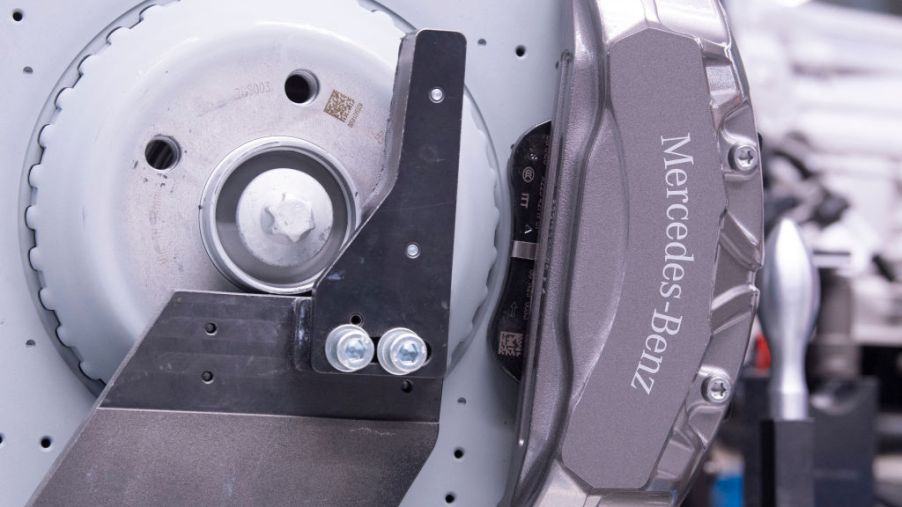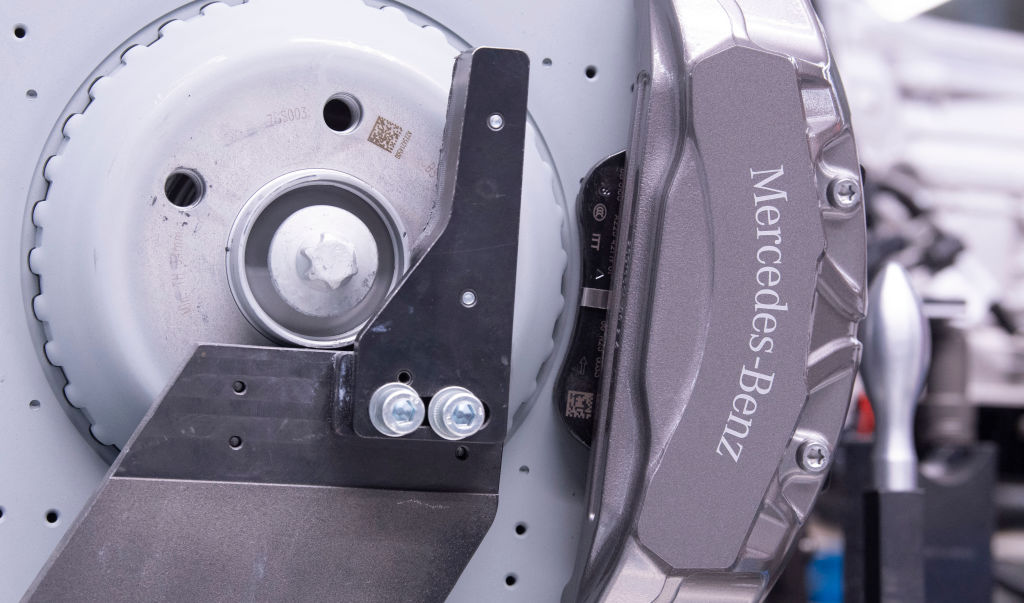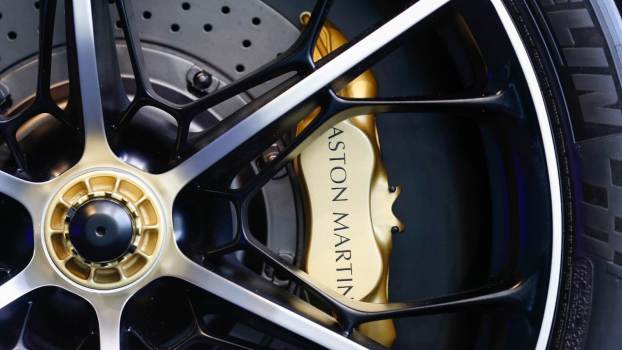
How to Bed In Brakes for a Longer Brake Pad Life
Brakes are perhaps the most important safety feature on any vehicle, but they also require maintenance to keep you safe on the road. However, constantly replacing brakes can get expensive. How you drive after getting new brakes will play a big role in how long they last. Understanding how to properly bed in your brake pads and why it is important are keys to making them last for longer.
Follow this procedure to bed in your brakes
There is no quick way to bed in your brakes; rather, how you drive for the first 500 miles will determine both the longevity and effectiveness of your brake pads.
You’ll want to brake gently but firmly, with consistent pedal pressure from city speeds. When traveling at highway speeds, use slightly less pressure to slow the vehicle more gradually. Focus on applying consistent brake pressure as often as possible while your brakes are new, and you’ll notice that over time your brakes become more efficient at slowing you down.
Of course, in an emergency situation, brake as hard as necessary to avoid a collision. However, you should avoid hard braking unnecessarily in the early life of your new brakes.
To further aid in the longevity of your brakes, Brembo says to avoid sitting still for long periods following heavy braking. This can create hot spots between the pad and the rotors that will shorten the life of both components.
Why bedding in your brakes works
Simply put, bedding in your brakes helps the pads and rotors get to know each other. You’re laying down a base layer of brake pad material on the rotors that will last the life of the pads. This bedding in process gives you a more responsive brake feel, as it increases friction between the pads and rotors. Furthermore, brake bedding reduces squeal and vibration when done correctly.
Is there a faster method of bedding brakes?
You can get a good head start with your new brakes on your first drive. Accelerate to 40 mph, then apply moderate brake pressure to about 10 mph. Repeat this process three times, then drive for a mile without applying the brakes to let things cool down. You can repeat this process a few times in a row before you hit higher speeds to help make the rest of the brake bedding process a bit easier.
Do you need to break in your brakes?
No matter what the box says, bedding in your brakes is the key to both braking consistency and improved wear. The friction-generating properties of the pads with your brake rotors need to work together in order to provide proper braking response when you press the pedal. Breaking in, or “bedding in” your brakes is the only way to achieve this. And how you brake in the first few hundred miles is the key to bedding in your brakes properly.

What happens if you need to stop in an emergency?
Obviously, you can’t always predict what will happen on the road. If you need to perform an emergency stop with new brakes, one instance of hard braking won’t ruin the entire process. The goal is to simply avoid overheating the brakes while they are new through repeated instances of hard braking.




